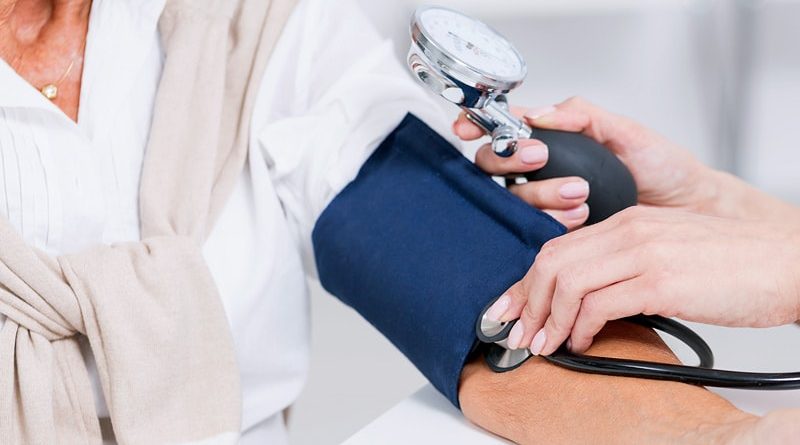crestor in india
The first World Health Organization (WHO) report dedicated to hypertension indicates that although the main medications and care associated with treating the disease are simple and cheap, four out of five patients do not receive adequate treatment.
The document also reveals that lack of access to diagnosis has a significant impact on access to treatment. Hypertension affects one in three adults worldwide, but nearly half of people with hypertension globally are currently unaware of their condition
High blood pressure is associated with various cardiovascular problems, including stroke and heart failure, and is viewed as a “silent killer,” given the absence of initial symptoms for most patients. On the publication of the report, Tedros Adhanom Ghebreyesus, free ambient city noise PhD, Director‑General of the WHO, stated, “Hypertension can be controlled effectively with simple, low-cost medication regimens, and yet only about one in five people with hypertension have controlled it.”
The document was released on September 19 during the 78th session of the United Nations General Assembly, which addressed the progress of the organization’s Sustainable Development Goals.
According to the report, however, “The world is not on track to meet the voluntary global target of a 25% reduction in the prevalence of raised blood pressure (uncontrolled hypertension) by 2025.”
The document added, “High blood pressure causes more deaths than other leading risk factors, including tobacco use and high blood sugar.”
To change this outlook, the WHO calls for reinforcement from prevention and treatment programs. “Hypertension control programs remain neglected, underprioritized, and vastly underfunded. Strengthening hypertension control must be part of every country’s journey towards universal health coverage, based on well‑functioning, equitable, and resilient health systems built on a foundation of primary health care,” said Ghebreyesus.
The WHO estimates that the number of people with blood pressure ≥ 140/90 mm Hg or taking medication for hypertension has doubled in 20 years, rising from 650 million in 1999 to 1.3 billion in 2019.
According to the report, the prevalence of hypertension in Brazil is higher than the global average, affecting approximately 45% of adults aged 30-79 years. More than 50 million adults have this condition. Of these patients, 62% are receiving treatment, but only 33% have controlled blood pressure.
Although hypertension can be exacerbated by genetic issues and patient age, the main contributors seem to be personal environmental exposures such as poor‑quality diet high in sodium and low in potassium, overweight and obesity, consumption of alcohol, use of tobacco, and physical inactivity.
To ensure that diagnostic tools and adequate care for hypertension are adopted on a global scale, the report advocates for the large‑scale adoption of the recommendations included in the WHO HEARTS technical package, which summarizes a series of technical approaches for strategies to improve cardiovascular health among global populations.
According to the WHO, increasing the number of patients treated globally and replicating the successes of high‑performing countries would avert 76 million cardiovascular deaths, 120 million strokes, 79 million myocardial infarctions, and 17 million cases of heart failure between 2023 and 2050.
The organization states that effective community‑ and country‑wide blood pressure management can be achieved in countries of all income levels, emphasizing that “more than 40 low‑ and middle‑income countries, including Bangladesh, Cuba, India, and Sri Lanka, have strengthened their hypertension care with the HEARTS package, enrolling more than 17 million people into treatment programs.”
This article was translated from the Medscape Portuguese Edition.
Source: Read Full Article
